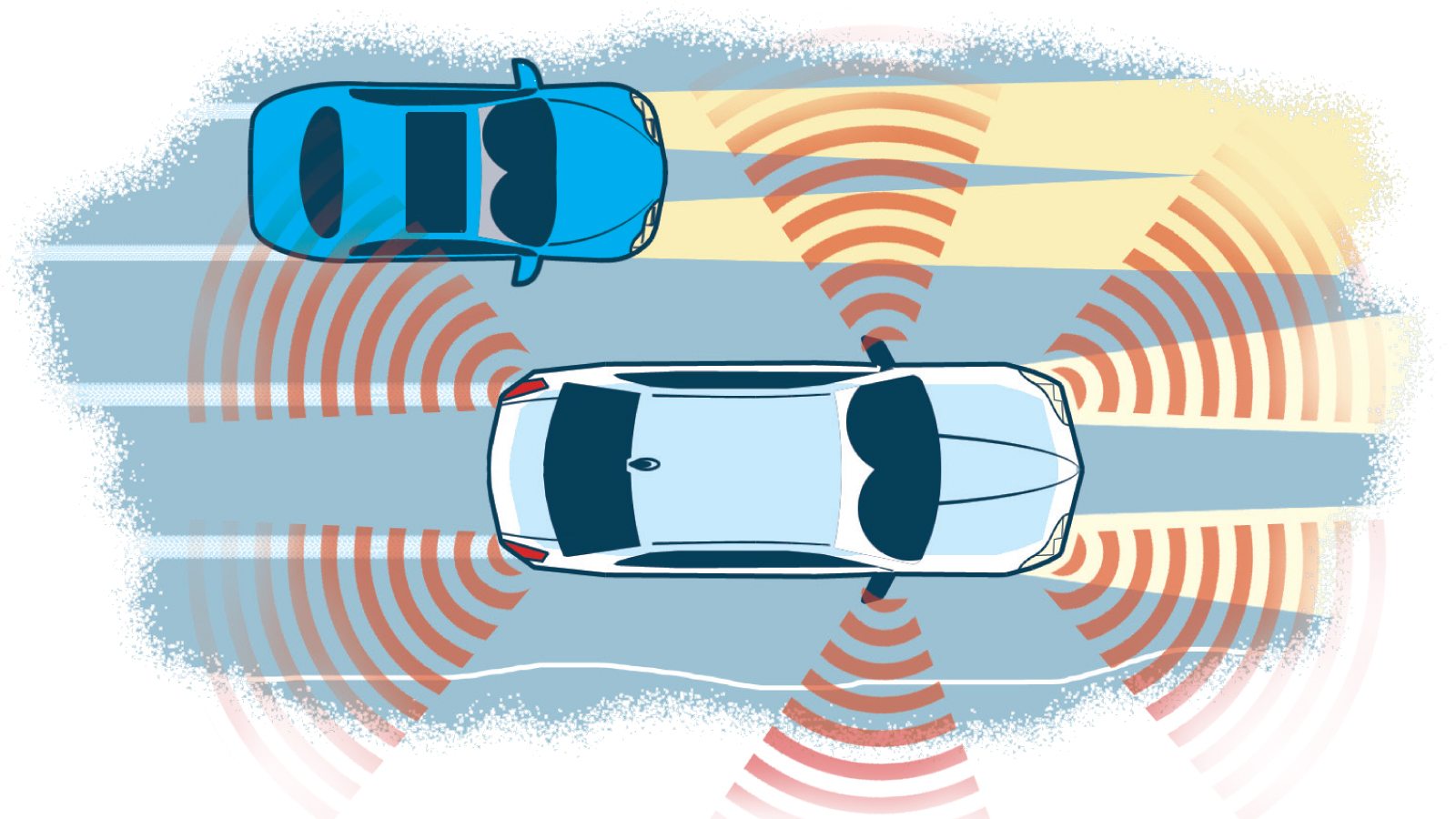Our vehicles are increasingly loaded with high-tech devices designed to keep us safe on the road. But such systems aren’t perfect—especially in harsh winter weather. “They are there to help us,” says Ron Wilson, manager of AMA Driver Education. “But the onus is still on drivers to make sure we drive safely.”
BLIND-SPOT MONITORING
Sensors near the rear bumper use radar to determine if another vehicle is coming up alongside yours.
Winter warning: Rain and snow may confuse radar signals, limiting their effectiveness. Most systems warn motorists with a signal light on the driver-side mirror. Make sure it’s clear of snow.
LANE-DEPARTURE WARNING
Video, laser and/or infrared sensors detect visible road markings to warn you if you’re about to unintentionally cross them.
Winter warning: Sensors typically have trouble deciphering road markings that are faded—or covered by snow.
FORWARD COLLISION WARNING
A forward-facing camera or radar alerts you to take corrective action if your vehicle is about to collide with another. A more advanced version of this technology, forward collision mitigation, can actually apply the brakes.
Winter warning: Like other radar- and camera-based systems, sensors may be affected by snow and ice. And slippery roads mean longer braking distances: Even given a warning, your vehicle may not be able to stop in time.
RELATED CONTENT
How to prepare your vehicle for winter—and how best to wash it once slush and grime build up
TIRE PRESSURE MONITORING
Direct monitoring systems have a sensor in each wheel, alerting you to pressure changes. Indirect systems monitor the rotational speed of all wheels simultaneously. A tire that’s losing pressure will spin faster, and thus trigger an alert.
Winter warning: Most winter tires aren’t equipped with pressure sensors. So, if your car has a direct system, talk to your tire manufacturer or mechanic to see if sensors can be installed. With indirect systems, you won’t be alerted if all four tires are losing pressure at the same rate—which can happen with cold winter temperatures.
BACK-UP CAMERA
Allows you to see the area directly behind your vehicle while it’s in reverse.
Winter warning: Snow, slush and ice can cloud the camera lens. Wipe it off before getting behind the wheel.
